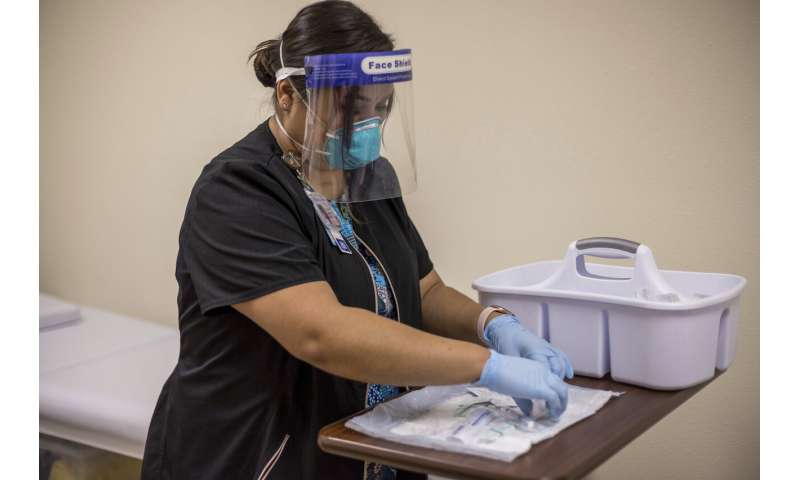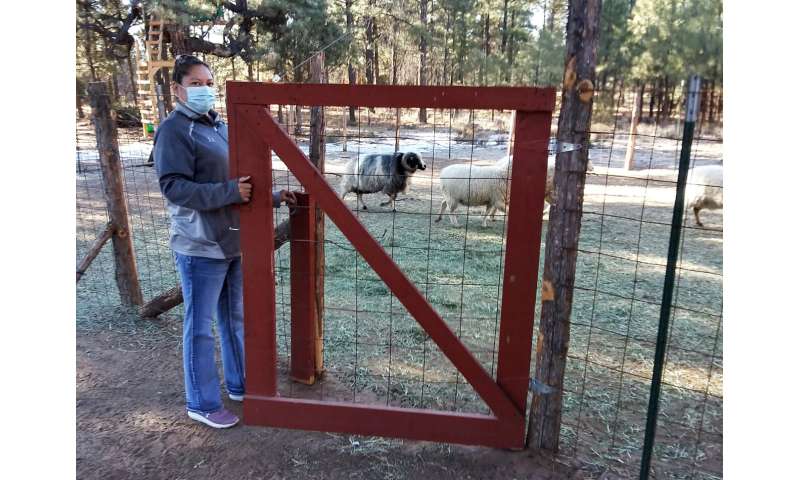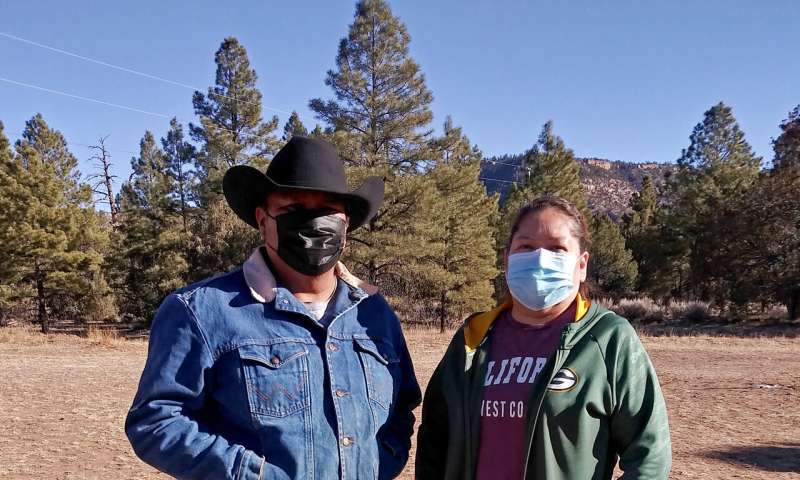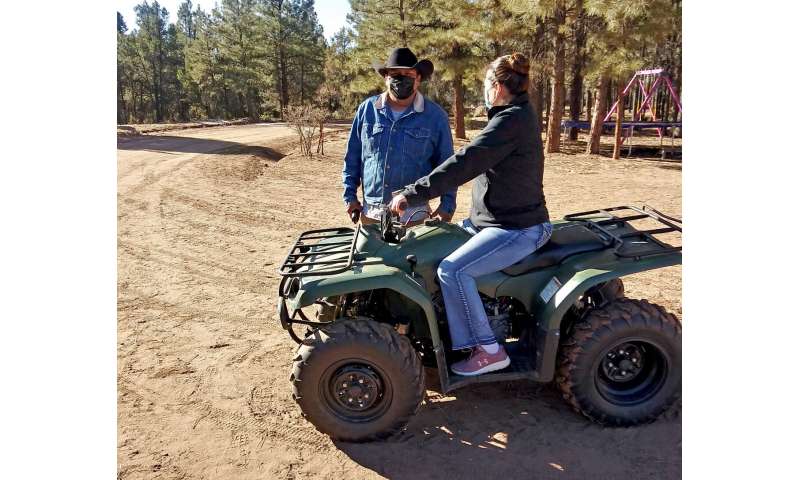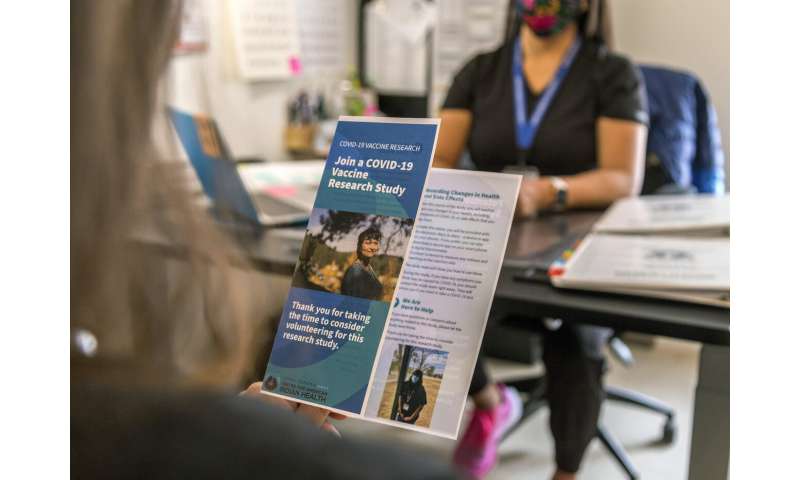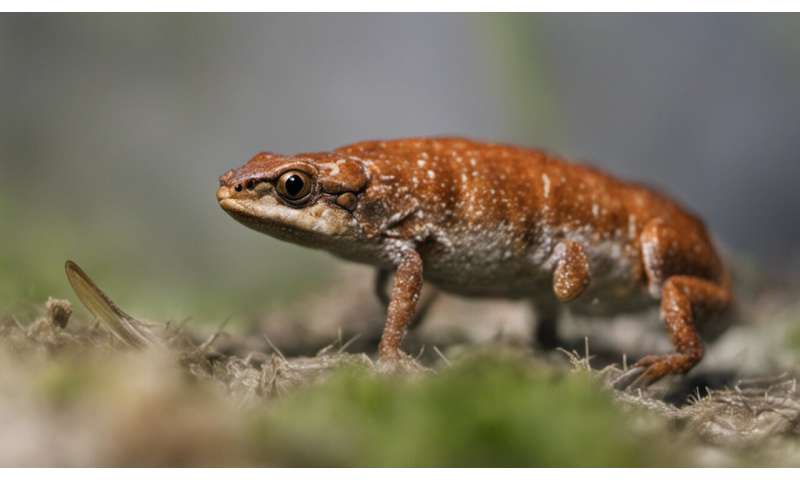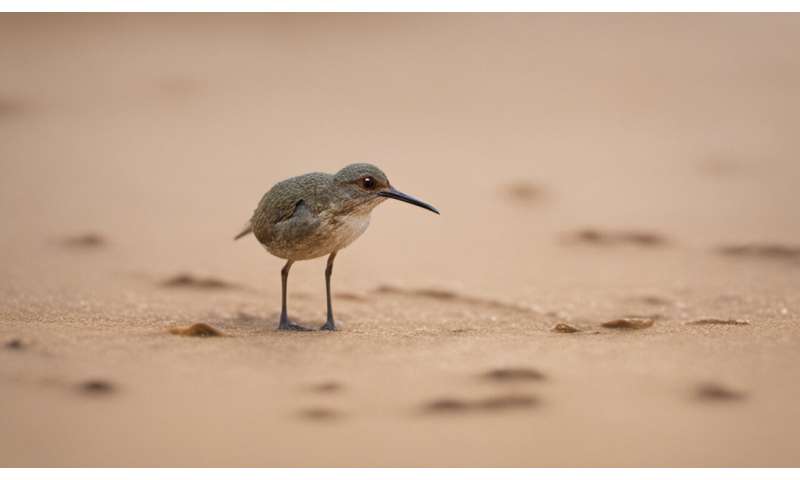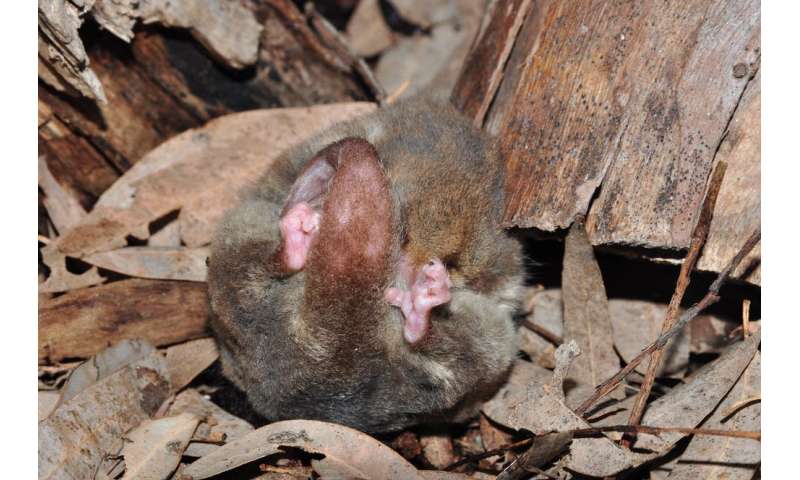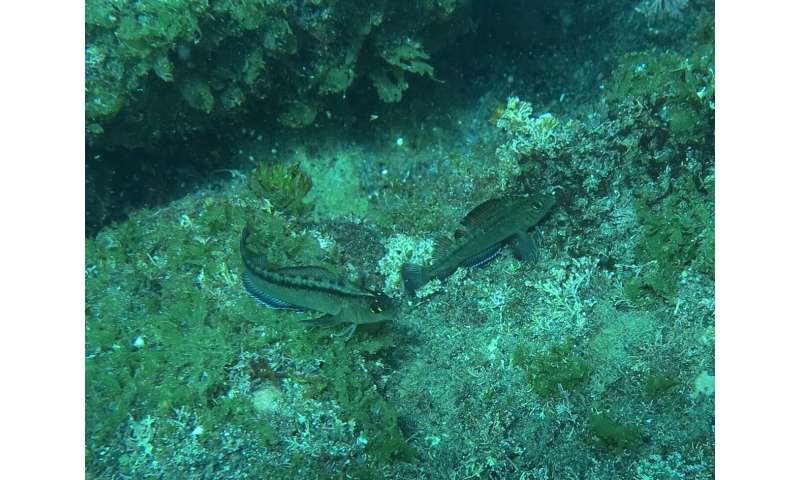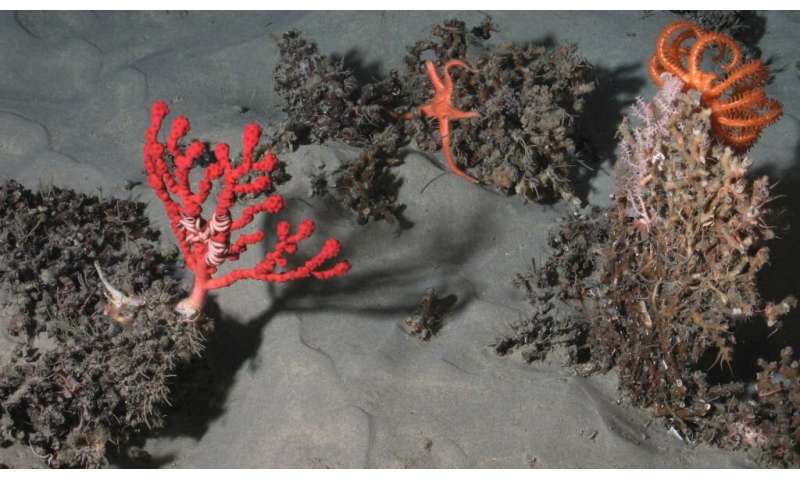In 1918, Children Of California Went On A State-Ordered Squirrel Killing Frenzy
CALIFORNIA GROUND SQUIRRELS : A BULLETIN DEALING WITH LIFE HISTORIES, HABITS AND CONTROL OF THE GROUND SQUIRRELS OF CALIFORNIA / [BY J. GRINNELL, J, DIXON AND OTHERS]. PUBLIC DOMAIN VIA INTERNET ARCHIVE.
By James Felton 30 DEC 2020
In April of 1918, while the world was at war, the children of California set about systematically slaughtering over 100,000 squirrels.
Californian ground squirrels were considered a pest by the state, given their habit of devouring around 30 million dollars worth of crops every year. After years of farmers trying to chase them down like Elmer Fudd had failed to get them under control, the state stepped in with its own idea: Get children to murder every last one of the adorable little irritants.
As you'd imagine, getting kids to go outside and wipe a species off the face of the planet isn't the easiest thing in the world – even in the days before the PS5 and Shrek. As well as the struggle of making them go outside, try telling a kid "here's a list of animals I want you to kill" and see what sort of look you get in return. Fortunately, the state had a plan. They would simply launch a $40,000 propaganda campaign against the squirrels, likening them to top-ranking Germans.
The campaign, which would involve creating competitions between schools and schoolchildren for who could kill the most critters, was kicked off by the state commissioner George H. Hecke who called for children to form "a company of soldiers" to get out there and destroy "the squirrel army", which is an unusually combative term for "squirrels".
Speeches were given to rally the troops, and some of the most deranged posters you'll ever see distributed to (presumably quite baffled) kids. As well as painting the squirrels as greedy jerks under catchy slogans such as "kill the squirrels" and "slay the mother squirrel during breeding season", squirrels were dressed up as Kaiser Willhelm.

The picnic seems quite cute until you notice the guns and poison.

Public Domain via Internet Archive.
After the propaganda campaign came the killing. In what was termed "squirrel week" – which was a lot more genocidal than the adorable name implies – kids were asked to bring the tails to schools as proof of the kill and subsequent dismemberment. This was because in the lead-up to squirrel week, the instruction had been to send them directly to the horticultural commission, which had begun to reek of death due to the "accumulation of ground squirrel tails" in the office.
The methods of killing ranged from poison to shooting and everything in between.
"All the killing devices of modern warfare will be used in the effort to annihilate the squirrel army including gas poisoned barley and other destructive agents," a news report read at the time.
"Large quantities of these supplies are being rushed to the fronts where the fighting will be the fiercest. The battle will gain in intensity as days pass and will be at its height during state “Squirrel week” to be proclaimed by the governor from April 29 to May 4."
The leaflet campaign had clearly been effective, as the week-long frenzy brought in an astonishing 104,509 tails. The Commissioner congratulated the children in the local paper for their "patriotic service" and encouraged them to do it in their spare time for fun now that the competition was over, rather than, for instance, giving badminton a try.
With the week over and the prizes given out, the killing nevertheless continued in some counties unabated, with one frankly terrifying kid bringing in 3,780 dead squirrels, which I guess at least helped with his math.
[H/T: Atlas Obscura]
After the propaganda campaign came the killing. In what was termed "squirrel week" – which was a lot more genocidal than the adorable name implies – kids were asked to bring the tails to schools as proof of the kill and subsequent dismemberment. This was because in the lead-up to squirrel week, the instruction had been to send them directly to the horticultural commission, which had begun to reek of death due to the "accumulation of ground squirrel tails" in the office.
The methods of killing ranged from poison to shooting and everything in between.
"All the killing devices of modern warfare will be used in the effort to annihilate the squirrel army including gas poisoned barley and other destructive agents," a news report read at the time.
"Large quantities of these supplies are being rushed to the fronts where the fighting will be the fiercest. The battle will gain in intensity as days pass and will be at its height during state “Squirrel week” to be proclaimed by the governor from April 29 to May 4."
The leaflet campaign had clearly been effective, as the week-long frenzy brought in an astonishing 104,509 tails. The Commissioner congratulated the children in the local paper for their "patriotic service" and encouraged them to do it in their spare time for fun now that the competition was over, rather than, for instance, giving badminton a try.
With the week over and the prizes given out, the killing nevertheless continued in some counties unabated, with one frankly terrifying kid bringing in 3,780 dead squirrels, which I guess at least helped with his math.
[H/T: Atlas Obscura]











 Demonstrators hold the Portuguese messages: "Vaccine now!" and "Get out Bolsonaro" to protest Brazilian President Jair Bolsonaro's handling of the coronavirus, at a bus station in Brazilia, Brazil, Wednesday, Dec. 23, 2020. (AP Photo/Eraldo Peres)
Demonstrators hold the Portuguese messages: "Vaccine now!" and "Get out Bolsonaro" to protest Brazilian President Jair Bolsonaro's handling of the coronavirus, at a bus station in Brazilia, Brazil, Wednesday, Dec. 23, 2020. (AP Photo/Eraldo Peres)


